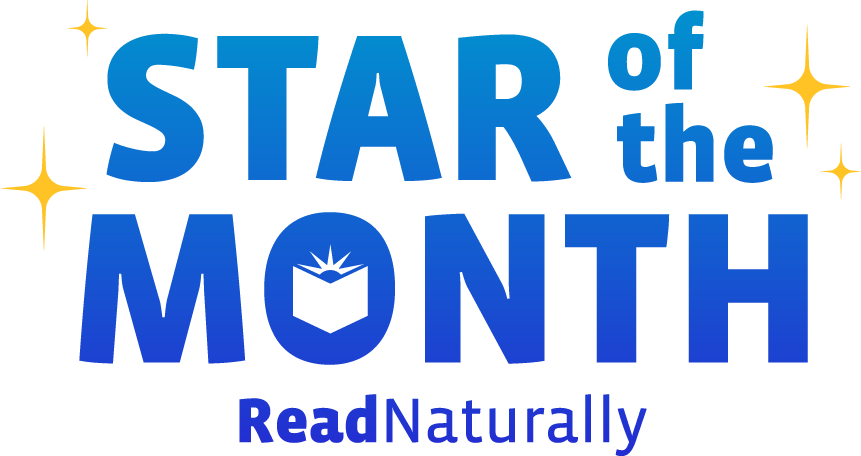As you prepare to assess students in reading this spring, take a moment to read these wise words from Read Naturally founder, Candyce Ihnot.
Read more Interpreting winter assessment data will help you determine the best way to support your students. This data tells you who needs an intervention and who is on target. It can also help you set goals for spring.
Read more Literacy researcher Dr. Jan Hasbrouck developed Quick Phonics Screener (QPS) because she needed a systematic and efficient way diagnose students’ strengths and instructional needs in phonics. QPS measures a student’s ability to recognize, decode, and pronounce all phonics elements from letter names through four-syllable words.
Read more To decide Read Live program(s) to assign, you need to determine the student's instructional needs via placement and assessment.
Read more Who needs phonics support? Allow our QPS diagnostic phonics assessment to answer this question for you quickly and effectively. Did you know the latest edition of this popular tool allows you to assess an entire group of students at once and then use this data to determine which students need a more in-depth, individual phonics assessment? Both the group assessment and the individual assessment are now included in QPS, making it easier than ever for you to identify which students need phonics support and which skills an intervention should target.
Read more In my last post, I shared the many assessment mistakes I’ve made over the years. Blunders aside, I actually love spring assessments for one simple reason. The spring assessment gives me an opportunity to show my students the big picture and remind them that the best reward of all is taking ownership of their own progress. This is usually just a short conversation, but it’s one of the most important talks I will have with them.
Read more Is it really assessment season again? It feels like yesterday that I opened the lab at this new school, met my students, and screened them for reading difficulties using benchmark assessment. The winter assessment window seemed to arrive just a short time after that. And now it’s springtime already, and spring assessment window is almost here. It is time to prepare to assess the students yet again.
Read more Pop quiz! What do you do when you’re staring down a pile of winter assessment data?
Read more With the addition of Word Warm-ups Live, we’ve expanded our phonics offerings to reach a greater number of students and to provide more flexibility. It is our hope that any student in need of phonics support can benefit from our programs. The first step, of course, is to determine who needs that support. We offer a general phonics assessment, Quick Phonics Screener, as well as an assessment specifically for Word Warm-ups Live. What’s the difference, and how will you use these assessments to understand your students’ phonics needs?
Read more It’s that time of year again! The recommended winter benchmark assessment window is December 16 – February 6, which means many of you have already completed assessments and many of you will do so in the coming weeks. Here are some helpful resources to utilize as you analyze your students’ data.
Read more  Share your student’s success story—nominate him or her for our Star of the Month award. Win a Barnes & Noble gift card for the student and a Read Naturally gift certificate for your class!
Share your student’s success story—nominate him or her for our Star of the Month award. Win a Barnes & Noble gift card for the student and a Read Naturally gift certificate for your class!